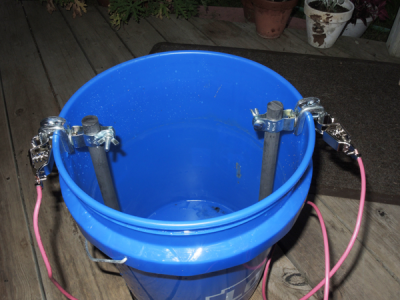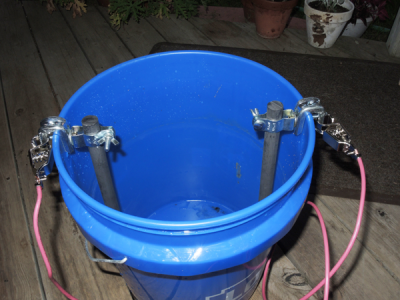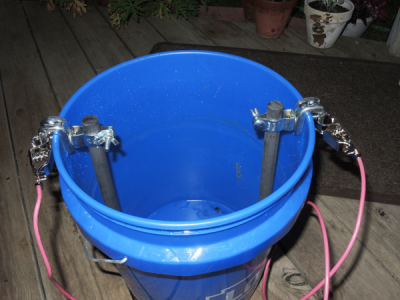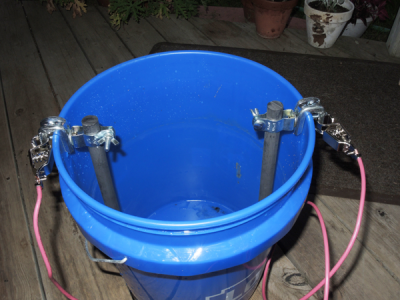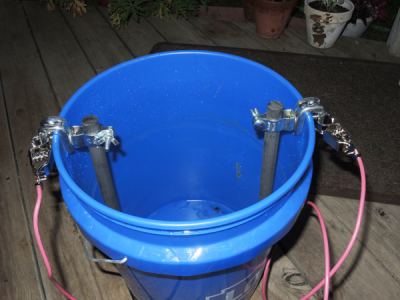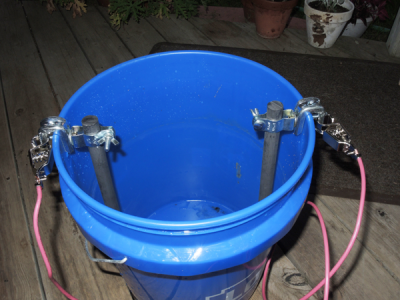Do you use the phosphoric acid at 100% strength or dilute it with water?
Guys please be careful, phosphic acid comes in various concentrations. 80% and 20% and in whatever trade concentration the commercial removal brand names make it up
You can buy it from Lab supplies and all of the places you mention.
Just google it, but in its 80% form the manufacturers data sheet have it as highly caustic with the triangular hazard symbol of a test tube dissolving flesh. You'll have seen the tankers on the highway with the symbol.
In its 20% form the data sheet has it is classed as an irritant. And below 20% I believe you can handle it without harm.
I am no chemist and take what ever I've said with due caution as any one who writes on a forum page. But there is to my mind a very different full strength between Concentrated phosphoric acid in its 80% form like concentrated hydrochloric or sulphuric acid to one that that is already been dissolved in water.
Check when you buy it what it's concentration is.
I ve been a lurker on the site for a while and was looking for different ways of rust removal, saw a youtube with some one using a US product called evaporust or something like that, which seems very impressive. the guy was using bare hands to handle it. Which indicates its concentration is relatively low
in the UK that product costs around £50+£45! The currency conversion is just scary around $150
so was looking for a way of copying it that wasn't too dangerous.
I've tried the electrolysis method and it works but is so messy, knew of the phosphoric acid method and was looking at the cheapest ways of buying it. But just didn't like the thought of leaving a litre (quart) bottle of concentrated acid in the garage.
I'll throw in another material into the discussion and that is Sulphamic acid, bought as a white powder, is dissolved in water.
Seems a miraculous material used for descaling kettles, rust removal and 100s of other uses rather like phosphoric acid. Both are used in Food production at very low concentrations . Not tried it yet but aim to purchase a small amount and see how I get on.
The site won't let me paste any URLs so I can't link you to the safety data sheets.
The chemical supplier was a UK one mistralni.co.uk that sells online in the description shows the industrial use for the product you are looking at. I'm sure your locality will have similarly suppliers.
apologies for trolling my intention was to help.


